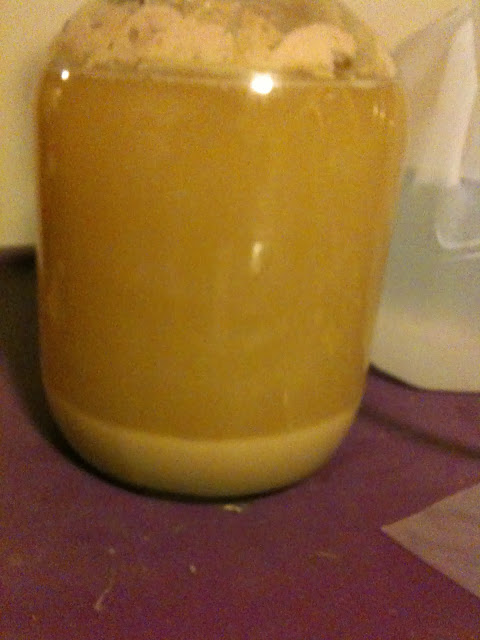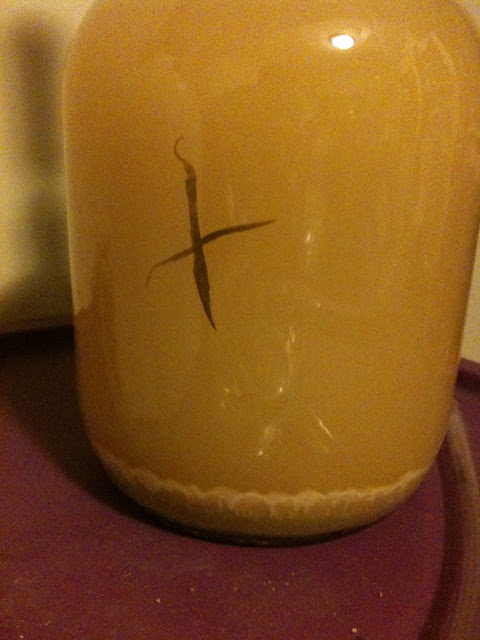- Joined
- Jul 8, 2013
- Messages
- 236
- Reaction score
- 28
Excellent!
Yeah, the bran does seem to pull in a lot of water. How long was your boil? I got a lot of sticky "glue rafts" towards the end of the 1-hr. boil that I tried to skim out, but then again I used the equivalent of 2 lbs of bran per gallon vs. your 0.5 lbs.
I'm really interested to see how yours comes out. I think there is excellent potential for this to be pretty tasty beer.
My boil was 60 minutes. I did have a sticky glue-like raft in the center of the kettle. I left it alone instead of skimming it off. I was actually interested to see if it would start to break down at all at some point. I mixed it up occasionally but it reformed within minutes. Toward the end of the 60 minutes it was starting to fold its edges under itself, but not really breakdown. It seemed to get trapped in the strainer and didn't end up in the fermenter.
I agree that this could be an interesting brew! It's cheap and simple. I like that its a part of history. These were like our modern glass of water at meals, and I think it doesn't have to be super complex to be appreciated.
My goal is a refreshing drink with medium body and just a hint of hops and alcohol




























![Craft A Brew - Safale BE-256 Yeast - Fermentis - Belgian Ale Dry Yeast - For Belgian & Strong Ales - Ingredients for Home Brewing - Beer Making Supplies - [3 Pack]](https://m.media-amazon.com/images/I/51bcKEwQmWL._SL500_.jpg)






























 I'm glad your brew came out tasty! 3hrs it is!
I'm glad your brew came out tasty! 3hrs it is! 
